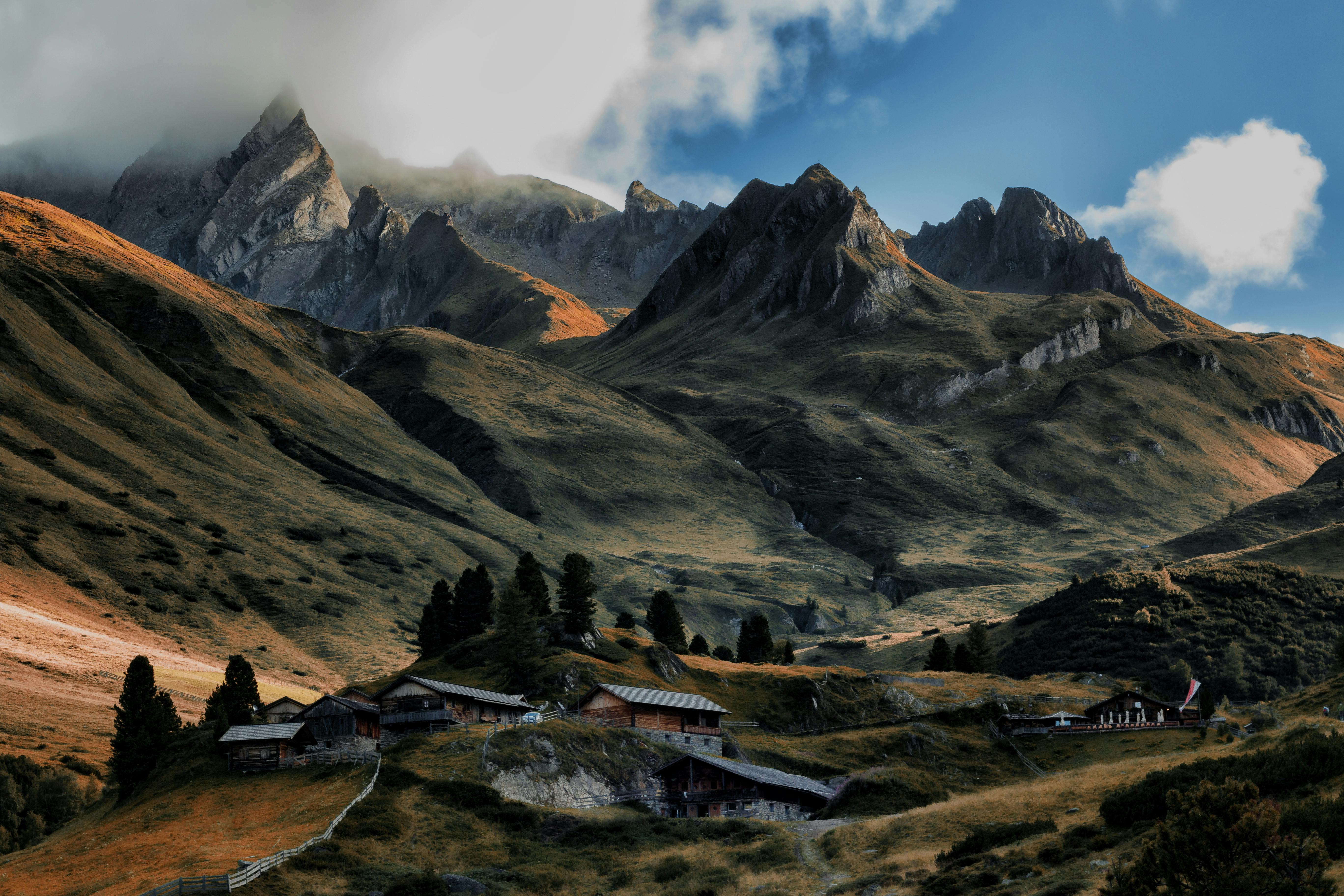It is true that the San Pablo Bay National Wildlife Refuge does not limit its boundaries to Sonoma County alone, but it would be remiss of me to remain silent about its majestic existence along the north shore of San Bay. Pablo only because it is shared with two other neighboring counties in Northern California; Solano and Napa.
In the not-so-distant past, less than 150 years ago, San Pablo Bay was surrounded by extensive and intricate swamps perpetually permeated by rising and falling tidal waves from the Pacific Ocean and was considered one of the largest systems on the western coast. from North America. These rich and extensive swamps provided an ideal environment for aquatic plants which in turn provided safe havens and rich feeding grounds for wintering migratory waterfowl such as tarpaulin ducks, native shore and ocean birds. water, as well as a great variety of other terrestrial and aquatic species.
Spanning approximately twenty thousand acres, the San Pablo Bay National Wildlife Refuge is just one of sixty-seven wildlife refuges in the San Francisco Bay area, which was established in 1974 to restore the delicate balance of wetlands, to secure threatened wildlife habitats and to protect millions of vulnerable and endangered native flora and fauna species, as well as countless migratory birds. To accomplish this gigantic task by attempting to reverse the damage inflicted on local salt marshes by spending agricultural, commercial and industrial activities such as hydraulic gold mining in the 1850s in the foothills of the Sierra Nevadas, salt harvesting, diversion and bleeding of its waters and In the construction of dams, the administration of the San Pablo Bay National Wildlife Refuge had formed a partnership with the Department of the Interior, the United States Fish and Wildlife Service and the National System of Wildlife Refuges.
Sadly, only fifteen percent of this natural treasure remains intact, but there is great hope for the future. Today, the San Pablo Bay National Wildlife Refuge is a protected sanctuary for a year-round thriving local population of California Clapper and Black Rails, Salt Marsh Harvest Mice, San Pablo Song Sparrows, and Suisun Shrews. In addition, the San Pablo Bay National Wildlife Refuge is a welcoming winter resort for several species of birds, especially diving ducks, as well as eleven types of fish that annually cross the San Pablo Bay into their areas of freshwater spawning.
Now that we’ve seen what the St. Paul’s Bay National Wildlife Refuge does for wildlife, let’s take a look at what it can do for you and me, and I’m happy to report that you can do a lot with a capital “P”. Being open to the public every day of the year from sunrise to sunset, it offers: hands-on educational programs for elementary school classes; fishing out of the water in the open bay and wetlands accessible by boat; hunting grounds that are subject to state and federal regulations and seasonal restrictions; hiking and walking trails; and wildlife viewing and capture on film.
And if you want to turn your visit to the San Pablo Bay National Wildlife Refuge into a true vacation, you will find a host of charming, rustic and beautifully maintained local accommodations, such as B & Bs and inns.
